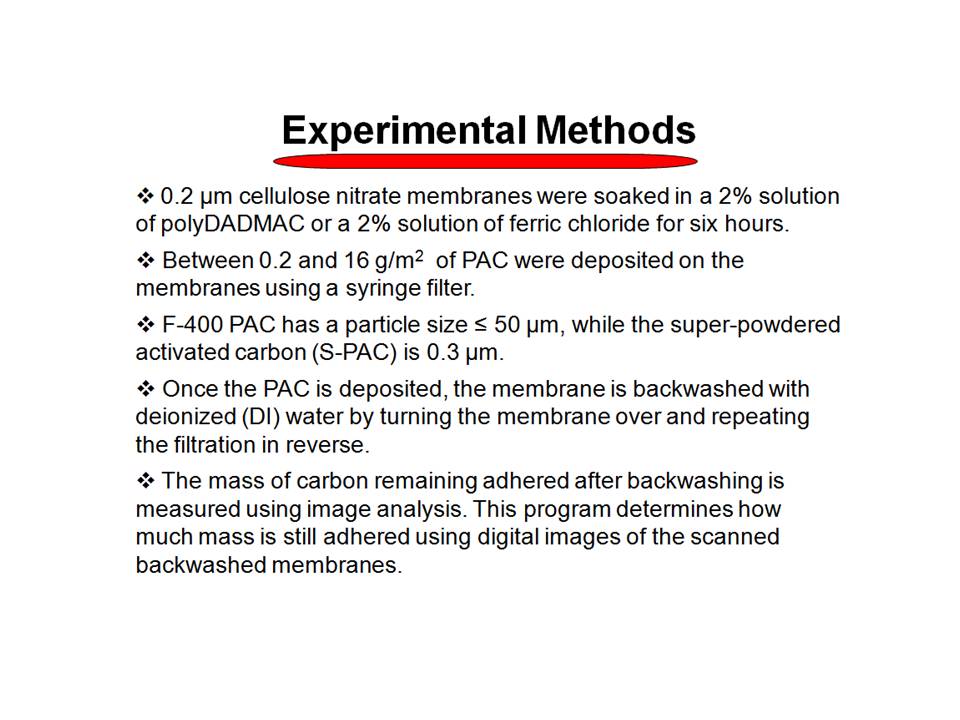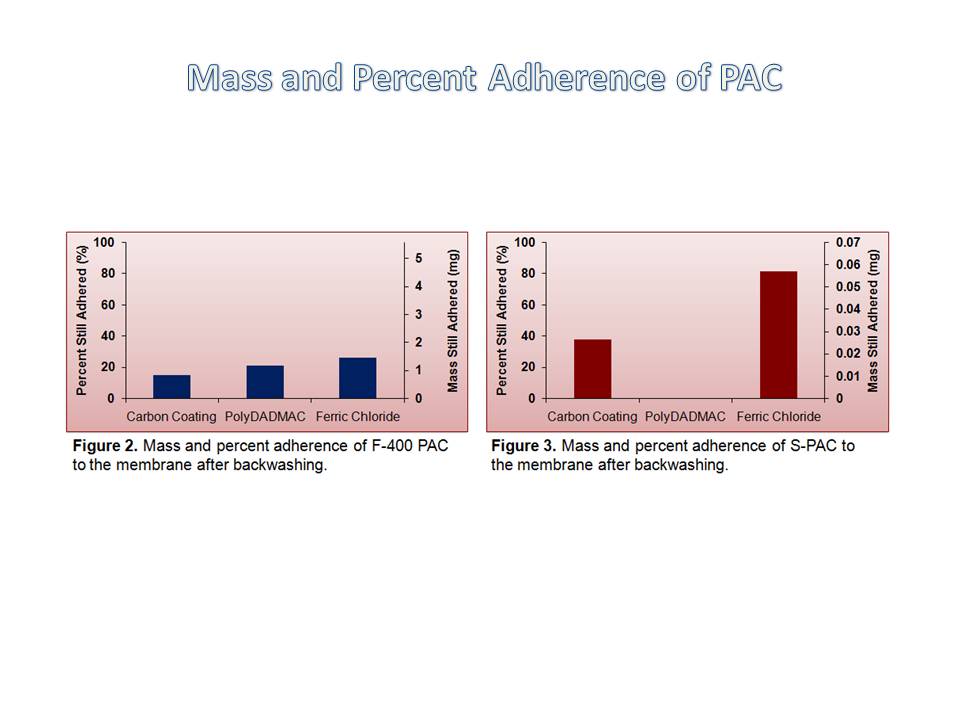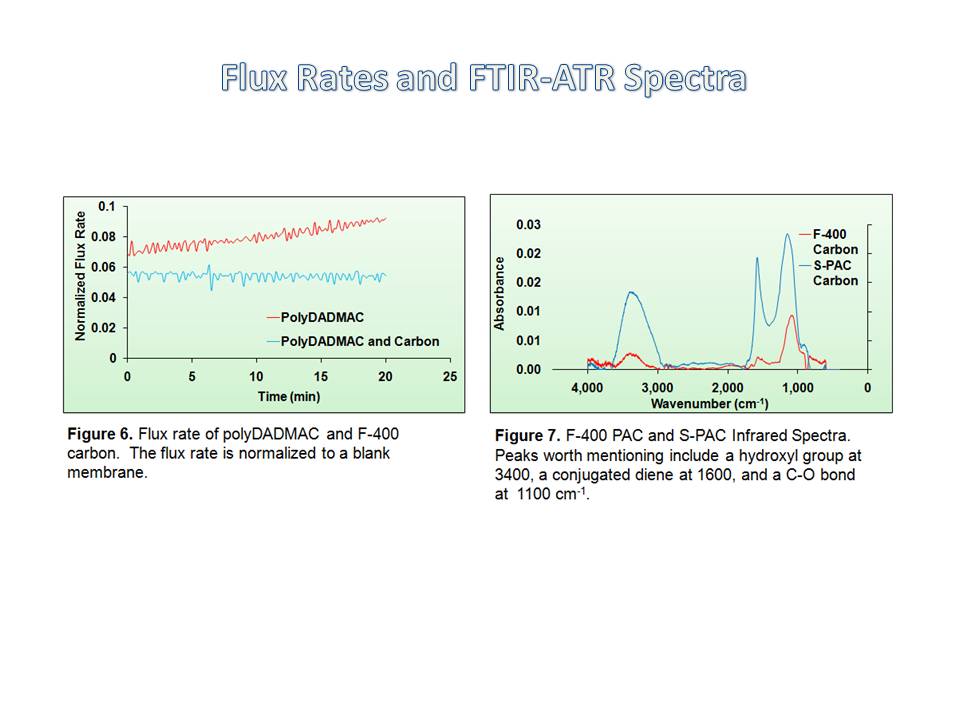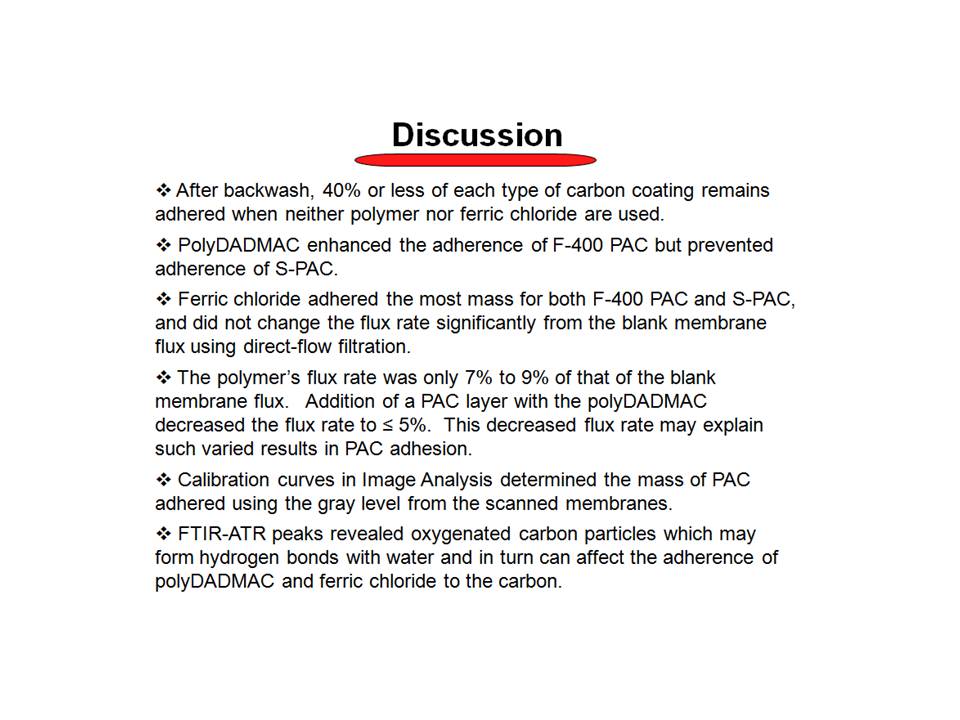Clemson University
Community for the latest research in new membrane materials.
Regenerable membranes for desalination
Reverse osmosis (RO) and ultrafiltration (UF) membranes for desalination of seawater and brackish groundwater
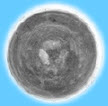
Reverse osmosis (RO) and nanofiltration (NF) membrane processes are finding increased use in desalination of seawater and brackish groundwater. A significant limitation to RO and NF is fouling by organic matter, scale-forming salts, or biological growth. Membrane fouling increases the energy required for desalination and decreases membrane lifetime. Fouled membranes must be cleaned to restore flux, but in many cases the fouling is irreversible and flux cannot be recovered. A novel approach to deal with membrane fouling is the use of regenerable membranes consisting of a support layer coated with a protective layer that can be removed in situ. When the protective layer is removed, all deposited foulant material (whatever its nature) is also removed, then the layer is reapplied to produce a fresh membrane with maximum water flux. An ideal scenario is one where the protective layer is stable under operating conditions (during desalination), but completely removable during regeneration. The membrane should provide high flux and high salt rejection.
REU students will evaluate a host of polymeric materials in the preparation of regenerable membranes. The research approach naturally falls into two tasks:
- Regenerable membrane preparation
- Performance evaluation
Documents
Powdered Activated Carbon on Ultrafiltration Membranes
July 22, 2011 2:42pm
Information
- Regenerable membranes for desalination
- Poster Sessions1
- Images9
- Documents3
- Last UpdatedFebruary 19, 2025 9:32pm EST
Contacts
-
Carly Barnard

Mechanical Engineering
University of Colorado at Boulder
Boulder, Colorado
-
Ashton Schultz

Charleston Southern University
Charleston, South Carolina


